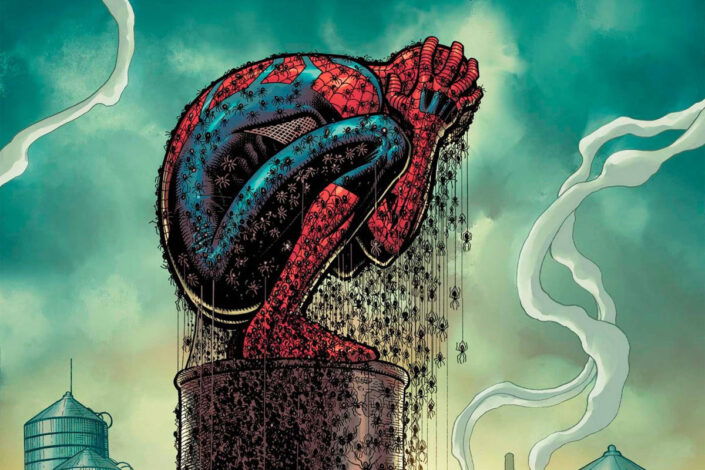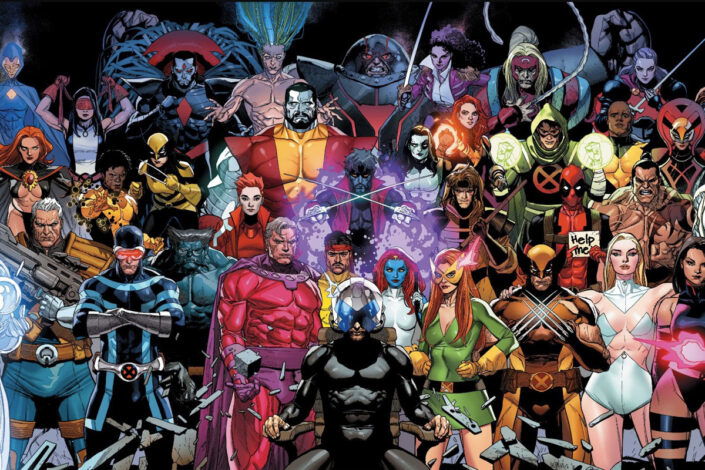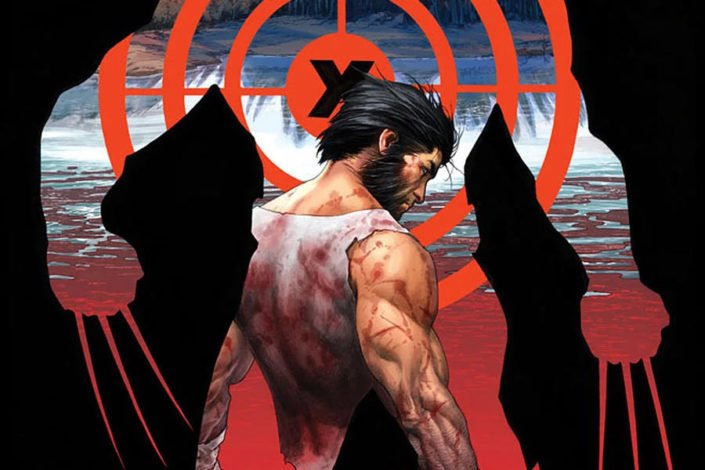Superior Spider-Man Reading Order

Coming from Dan Slott, with artwork by Ryan Stegman, Humberto Ramos, and Giuseppe Camuncoli, The Superior Spider-Man series was launched after Amazing Spider-Man #700 in which Peter Parker finally loses his battle against Otto Octavius.
The famous Doctor Octopus swapped consciousnesses with Parker and left him to die in his decaying body to ensure his own survival. Otto became Peter, but arrogant as he is, he also decided to become a better Spider-Man than Parker ever was, and a better man than he was as Otto Octavius. He became the Superior Spider-Man.
This was a controversial move, but the Superior Spider-Man quickly became a fan favorite anyway. Of course, Peter Parker had to come back at some point, but Otto wore the costume for enough time to change things a little. And this was not the end of the Superior Spider-Man, as you’ll see in this reading order.
To know what came before The Superior Spider-Man series, take a look at our Dan Slott’s Amazing Spider-Man Reading Order.








